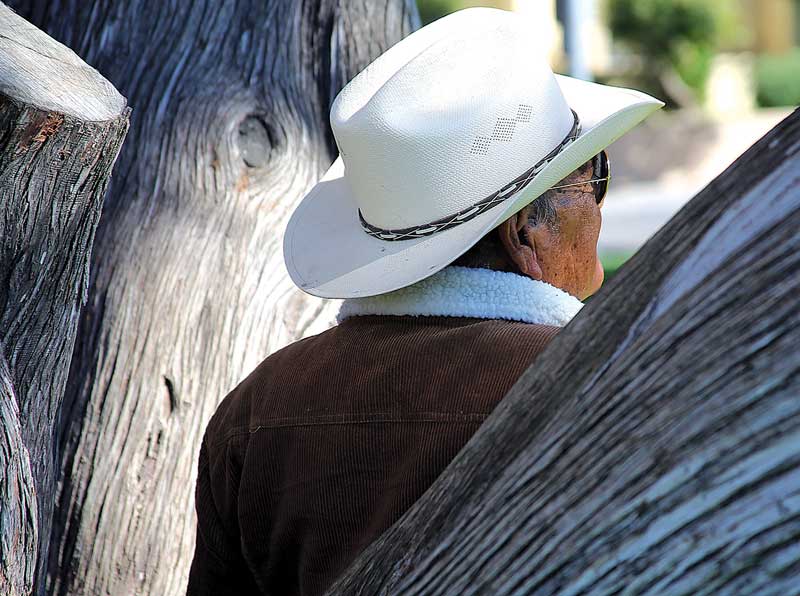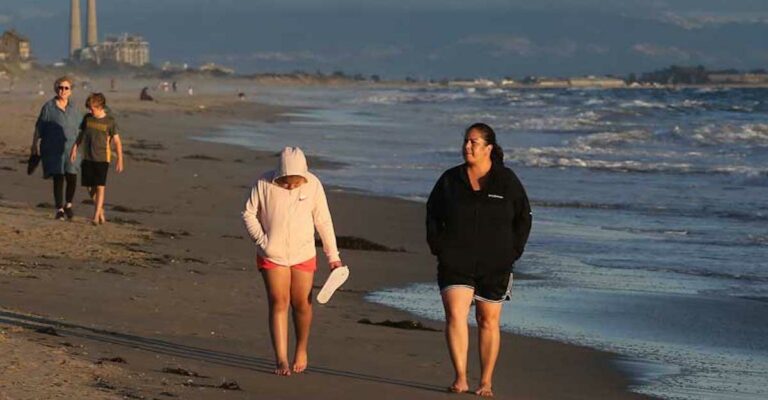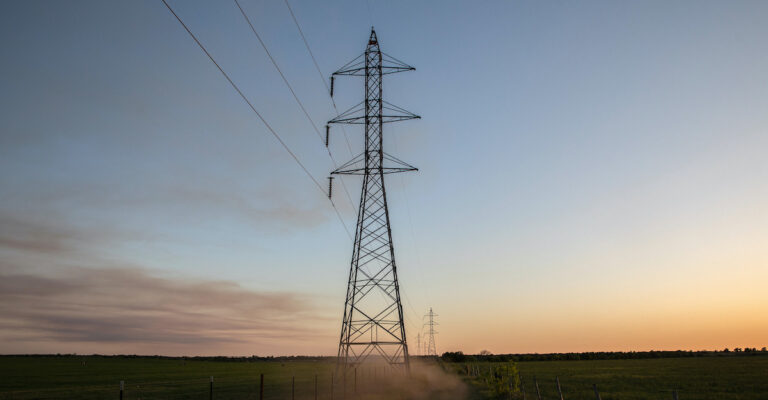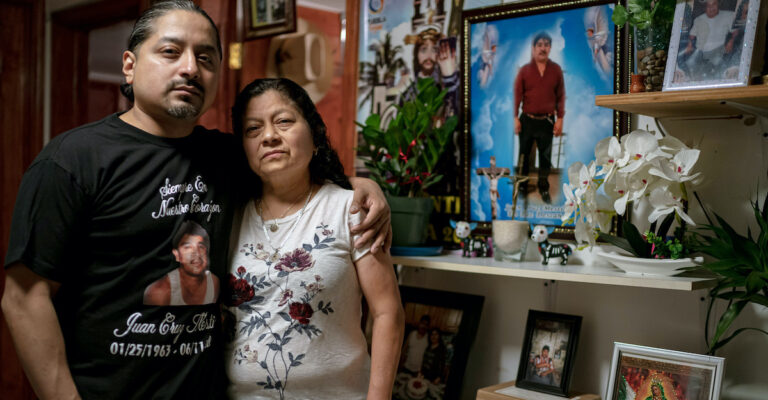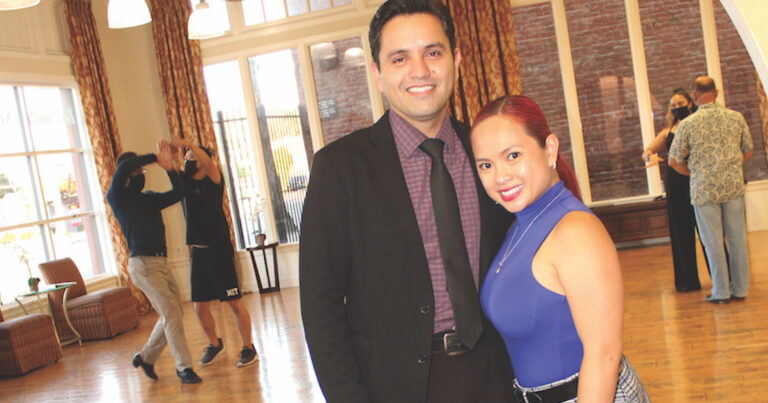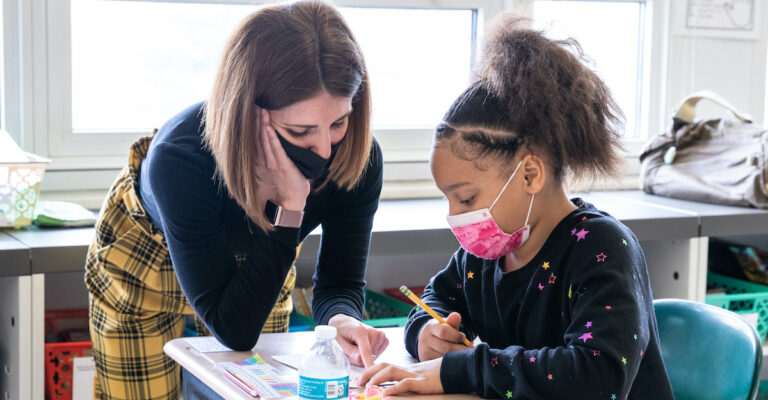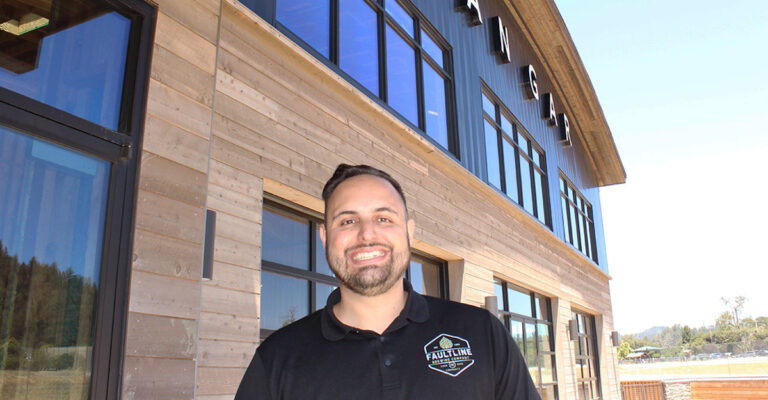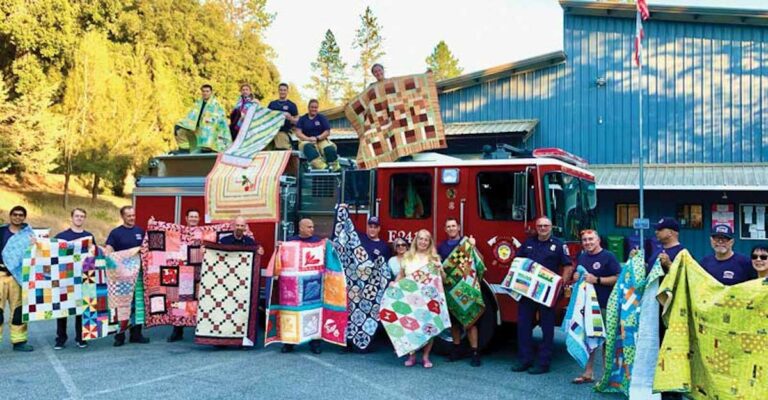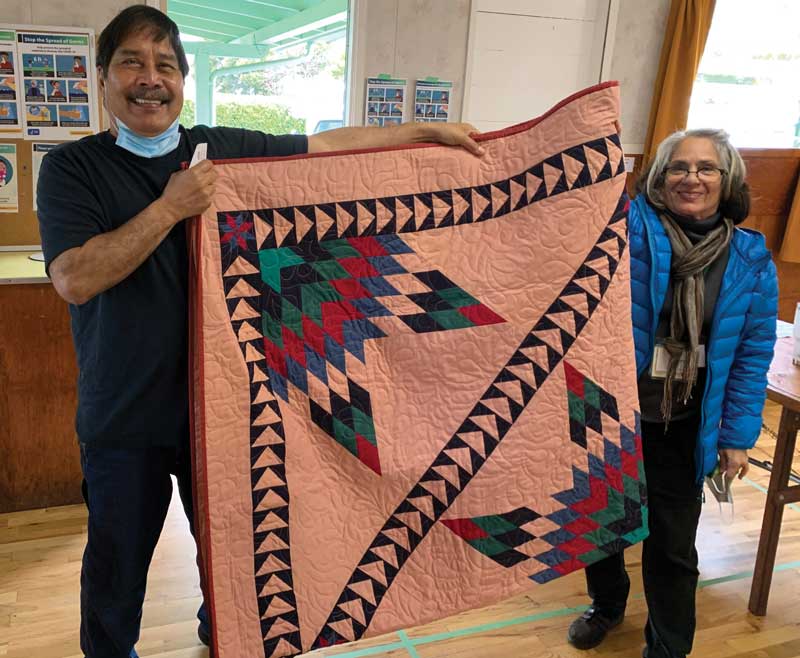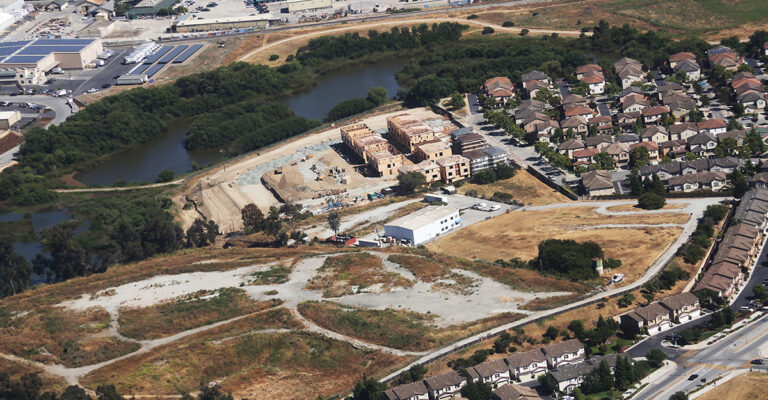By Ivan Penn and Clifford Krauss, The New York Times
The nation is facing once-in-a-generation choices about how energy ought to be delivered to homes, businesses and electric cars — decisions that could shape the course of climate change and determine how the United States copes with wildfires, heat waves and other extreme weather linked to global warming.
On one side, large electric utilities and President Joe Biden want to build thousands of miles of power lines to move electricity created by distant wind turbines and solar farms to cities and suburbs. On the other, some environmental organizations and community groups are pushing for greater investment in rooftop solar panels, batteries and local wind turbines.
There is an intense policy struggle taking place in Washington and state capitals about the choices that lawmakers, energy businesses and individuals make in the next few years, which could lock in an energy system that lasts for decades. The divide between those who want more power lines and those calling for a more decentralized energy system has split the renewable energy industry and the environmental movement. And it has created partnerships of convenience between fossil fuel companies and local groups fighting power lines.
At stake is how quickly the country can move to cleaner energy and how much electricity rates will increase.
Biden has secured $73 billion for thousands of miles of new power lines in an infrastructure proposal he and senators from both parties agreed to in June. That deal includes the creation of a Grid Development Authority to speed up approvals for transmission lines.
Most energy experts agree that the United States must improve its aging electric grids, especially after millions of Texans spent days freezing this winter when the state’s electricity system faltered.
“The choices we make today will set us on a path that, if history is a barometer, could last for 50 to 100 years,” said Amy Myers Jaffe, managing director of the Climate Policy Lab at Tufts University.
The option supported by Biden and some large energy companies would replace coal and natural gas power plants with large wind and solar farms hundreds of miles from cities, requiring lots of new power lines. Such integration would strengthen the control that the utility industry and Wall Street have over the grid.
“You’ve got to have a big national plan to make sure the power gets from where it is generated to where the need is,” Energy Secretary Jennifer Granholm said in an interview.
But many of Biden’s liberal allies argue that solar panels, batteries and other local energy sources should be emphasized because they would be more resilient and could be built more quickly.
“We need to build the electricity transmission and distribution system for the grid of the future and not that of the past,” said Howard Learner, executive director of the Environmental Law & Policy Center, a nonprofit based in Chicago. “Solar energy plus storage is as transformative to the electric sector as wireless services were to the telecommunications sector.”
In all probability, there will be a mix of solutions that includes more transmission lines and rooftop solar panels. What combination emerges will depend on deals made in Congress but also skirmishes playing out across the country.
Granholm said the administration supports rooftop solar and microgrids, systems that allow towns or neighborhoods to generate and use their own electricity. Biden has proposed a federal investment tax credit for local energy storage projects, for example. But she added that decentralized approaches would not be sufficient to achieve the president’s goal of eliminating greenhouse gas emissions from the power sector by 2035.
As millions of California homes went dark during a heat wave last summer, help came from an unusual source: batteries installed at homes, businesses and municipal buildings.
Those batteries kicked in up to 6% of the state grid’s power supply during the crisis, helping to make up for idled natural gas and nuclear power plants. Rooftop solar panels generated an additional 4% of the state’s electricity.
This outcome — homeowners and businesses helping the grid — would have been unthinkable a decade ago. For more than a century, electricity has flowed one way: from power plants to people.
California showed that homes and businesses do not have to be passive consumers. They can become mini power plants, potentially earning as much from supplying energy as they pay for electricity they draw from the grid.
Home and business batteries, which can be as small as a large television and as big as a computer server room, are charged from the grid or rooftop solar panels. They release energy after the sun has gone down or during blackouts, which have become more common in recent years.
Some environmentalists argue that greater use of rooftop solar and batteries is becoming more essential because of climate change.
After its gear ignited several large wildfires, Pacific Gas & Electric began shutting off power on hot and windy days to prevent fires. The company emerged from bankruptcy last year after amassing $30 billion in liabilities for wildfires caused by its equipment, including transmission lines.
Elizabeth Ellenburg, an 87-year-old cancer survivor in Napa, California, bought solar panels and a battery from Sunrun in 2019 to keep her refrigerator, oxygen equipment and appliances running during PG&E’s power shut-offs, a plan that she said has worked well.
“Usually, when PG&E goes out, it’s not 24 hours; it’s days,” said Ellenburg, a retired nurse. “I need to have the ability to use medical equipment. To live in my own home, I needed power other than the power company.”
The company said it is working to improve its equipment. “Our focus is to make both our distribution and transmission system more resilient and fireproof,” said Sumeet Singh, PG&E’s chief risk officer.
But spending on fire prevention by California utilities has raised electricity rates, and consumer groups said building more power lines will drive them even higher.
Average residential electricity rates nationally have increased by about 14% over the last decade even though average household energy use rose just over 1%.
Regulators generally allow utilities to charge customers the cost of investments plus a profit margin, typically about 10.5%, giving companies an incentive to build power plants and lines.
“Obviously, we applaud the administration’s commitment to renewable energy, but bigger isn’t always better,” said Bernadette Del Chiaro, executive director of the California Solar and Storage Association, an organization that lobbies for the rooftop solar industry. “Smarter is looking toward microgrids, including solar on rooftops. Clearly, the utilities are stuck in the 20th century; they want to build the Transcontinental Railroad of the electric grid.”
A 2019 report by the National Renewable Energy Laboratory, a research arm of the Energy Department, found that greater use of rooftop solar can reduce the need for new transmission lines, displace expensive power plants and save the energy that is lost when electricity is moved long distances. The study also found that rooftop systems can put pressure on utilities to improve or expand neighborhood wires and equipment.
But the utility industry argues that new transmission lines are needed to get to 100% clean energy and power electric cars and trucks. Those high costs will be offset by the money saved from switching from fossil fuels to cheaper solar panels and wind turbines, said Emily Sanford Fisher, senior vice president for clean energy at the Edison Electric Institute, which represents investor-owned utilities.
“Just because we’re spending money on more things doesn’t mean we’re not getting benefits on others,” Fisher said. “I think the problem isn’t that we’re going to build too much transmission, it’s that we’re not going to have enough.”
In February, Texas was paralyzed for more than four days by a deep freeze that shut down power plants and disabled natural gas pipelines. People used cars and grills and even burned furniture to keep warm; at least 150 died.
One reason for the failure was that the state has kept the grid managed by the Electric Reliability Council of Texas largely disconnected from the rest of the country to avoid federal oversight. That prevented the state from importing power and makes Texas a case for the interconnected power system that Biden wants.
Consider Marfa, an artsy town in the Chihuahuan Desert. Residents struggled to stay warm as the ground was blanketed with snow and freezing rain. Yet 75 miles to the west, the lights were on in Van Horn, Texas. That town is served by El Paso Electric, a utility attached to the Western Electricity Coordinating Council, a grid that ties together 14 states, two Canadian provinces and a Mexican state.
A more connected national grid could help places struck by disasters draw energy from elsewhere, said Ralph Cavanagh, an official at the Natural Resources Defense Council, an environmental group.
Biden agrees. He even called for new power lines during his presidential campaign.
That might have helped him win the support of electric utilities, which typically give bigger campaign contributions to Republicans. During the 2020 election, the industry’s political action committees and its executives gave him $1.4 million, compared with about $1 million to Donald Trump, according to the Center for Responsive Politics.
In Washington, developers of large solar and wind projects are pushing for a more connected grid, while utilities want more federal funding for new transmission lines. Advocates for rooftop solar panels and batteries are lobbying Congress for more federal incentives.
Separately, there are pitched battles going on in state capitals over how much utilities must pay homeowners for the electricity generated by rooftop solar panels. Utilities in California, Florida and elsewhere want lawmakers to reduce those rates. Homeowners with solar panels and renewable energy groups are fighting those efforts.
Despite Biden’s support, the utility industry could struggle to add power lines.
Many Americans resist transmission lines for aesthetic and environmental reasons. Powerful economic interests are also at play. In Maine, for instance, a campaign is underway to stop a 145-mile line that will bring hydroelectric power from Quebec to Massachusetts.
New England has phased out coal but still uses natural gas. Lawmakers are hoping to change that with the help of the $1 billion line, called the New England Clean Energy Connect.
This spring, workers cleared trees and installed steel poles in the forests of western Maine. First proposed a decade ago, the project was supposed to cut through New Hampshire, until the state rejected it. Federal and state regulators have signed off on the Maine route, which is sponsored by Central Maine Power and HydroQuebec.
But the project is mired in lawsuits, and Maine residents could block it through a November ballot measure.
Environmental groups and a political action committee funded by Calpine and Vistra, which operate gas power plants, are both fighting the line. Opponents say it will jeopardize migrations of grouse, mink and moose and remove tree cover that cools rivers, endangering brook trout.
“This transmission line would have grave impacts on Maine’s environment and wildlife habitat,” said Sandra Howard, a leader of the campaign against the line.
Biden administration officials said they are sensitive to such concerns and want many power lines to be built along highways, rail tracks and other existing rights of way to minimize conflicts.
But Biden does not have a lot of time. The amount of carbon dioxide in the atmosphere set a record in May, and some scientists believe recent heat waves were made worse by climate change.
“Transmission projects take upward of 10 years from conception to completion,” said Douglas D. Giuffre, a power expert at IHS Markit. “So if we’re looking at decarbonization of the power sector by 2035, then this all needs to happen very rapidly.”
Copyright 2021 The New York Times Company
